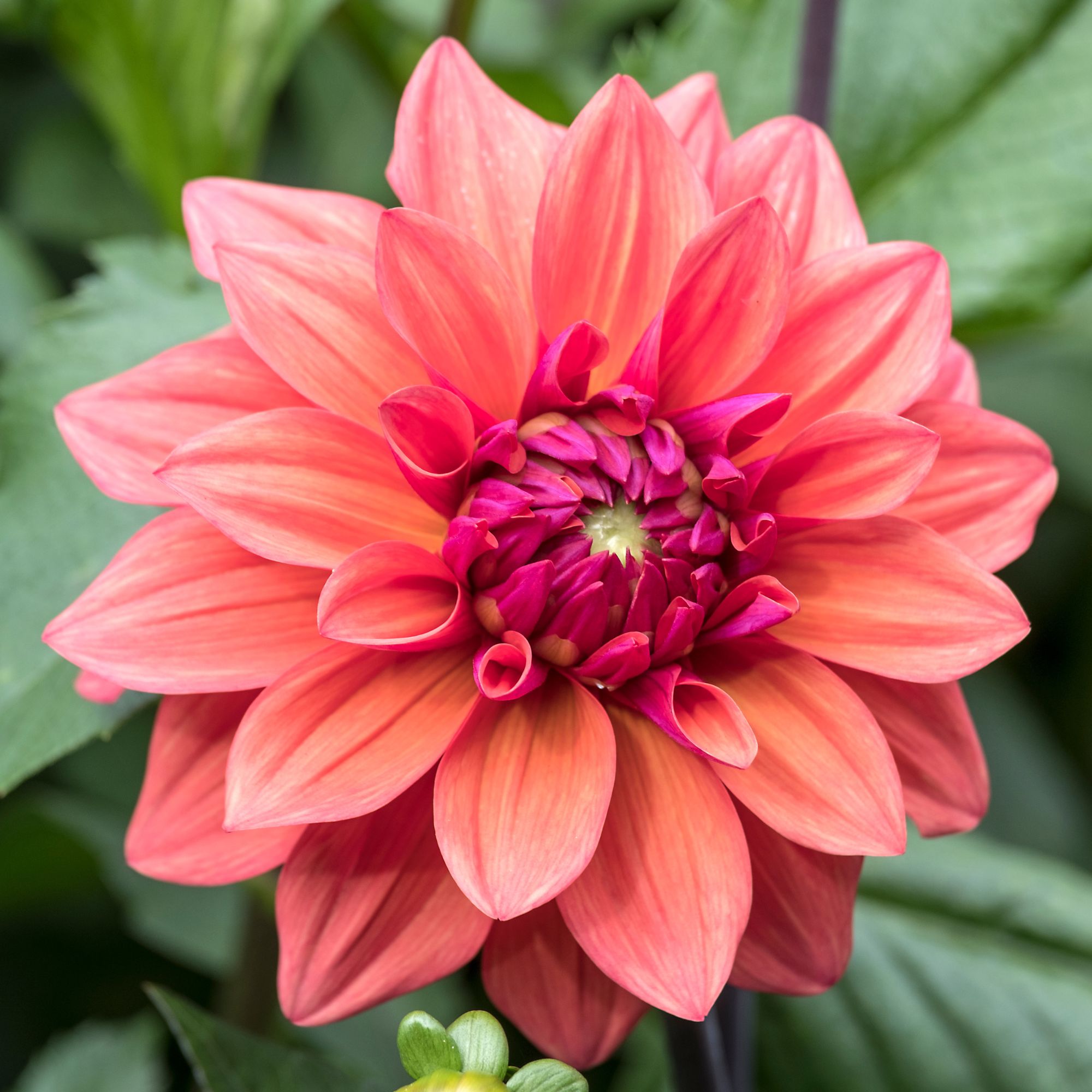When to lift dahlia tubers – the ideal window for stronger, healthier blooms next year
Aim for this sweet spot

Sophie King

If your dahlias have been putting on a beautiful show all summer, they're probably winding down for the autumn now – which means it's more important than ever that you know when to lift dahlia tubers from the ground.
In fact, this task is one of the most crucial steps in overwintering dahlias. It's not a case of lifting the tubers on a whim – there's actually a very specific window you'll need to hit to ensure your tubers survive the winter months.
To find out exactly when to lift dahlia tubers, we spoke to a few garden experts.

What you'll need
If you learned to plant dahlia tubers for the first time this year, you don't have to let your efforts go to waste just because flowering is coming to an end.
“With colder nights setting in, it's time to start preparing your garden for frost,' says Jane Fairlie, technical development manager at Pelsis Doff. 'Lift tender bulbs and tubers like dahlia, and dry them off and store them somewhere cool, dark and frost-free until spring.'
Figuring out when to lift dahlia tubers is crucial, because striking too early can interrupt its all-important nutrient-absorbing stage. You'll know it's in that stage when the foliage begins to yellow – so it's best to let the plant do its thing for a little while longer, to encourage better flowering next year. This applies to both dahlias grown in pots and in the ground.

You also shouldn't leave it too late, though – and there is a sweet spot.
Sign up to our newsletter for style inspiration, real homes, project and garden advice and shopping know-how
According to experts, you should only lift dahlia tubers after the first heavy frost of the year – which is typically during the first or second week of November, but can be sooner in colder regions.
This is echoed by Morris Hankinson, managing director of Hopes Grove Nurseries, who says, ‘Dahlias won’t survive intense frosts, so it is important to do this before heavy frosts.’
This frost will blacken the plants, giving you the green light to add ‘lifting dahlia tubers’ to your list of garden jobs to do in November.
If you lift your dahlia tubers before the first frost of the year, you won’t harm the plants – they'll be just as stunning as they were this year – but it’s worth noting that they may not grow any larger than they were this year, and you might find that your dahlia leaves turn yellow due to a lack of nutrients.

Morris Hankinson is the founder and managing director of Hopes Grove Nurseries Ltd, the UK’s only specialist grower-retailer of hedging plants. He established the thriving business in 1992, shortly after graduating with a Commercial Horticulture Degree from Writtle College, Essex.

So, wait for the first frost before digging up the tubers, composting the spent foliage, giving the tubers a little clean, and then storing them over the winter in a frost-free location.
'Remove any dead, diseased or damaged material before drying and storing the dahlia tubers in pots or containers with dry soil, sand, newspaper or vermiculite. Put them somewhere cool and dry where you can check on them every now and again over winter. It’s important they stay dry, or the tubers could rot over winter.’
When the last frost has passed, you can plant your dahlia tubers once again.
FAQs
Can I leave dahlia tubers in pots over winter?
If you're wondering whether you can leave dahlia in pots over winter, you have two choices.
You could either lift your dahlia tubers to protect them over the winter months, or leave them in the pots and move them to a frost-free spot like a garage, shed or greenhouse. It's an important step in getting your garden ready for winter.
Dahlias are just one of several tender tubers you should overwinter if you want them to bounce back next year.

Lauren Bradbury has been the Content Editor for the House Manual section since January 2025 but worked with the team as a freelancer for a year and a half before that. She graduated with a Bachelor’s degree in English and Creative Writing from the University of Chichester in 2016. Then, she dipped her toe into the world of content writing, primarily focusing on home content. After years of agency work, she decided to take the plunge and become a full-time freelancer for online publications, including Real Homes and Ideal Home, before taking on this permanent role. Now, she spends her days searching for the best decluttering and cleaning hacks and creating handy how-to guides for homeowners and renters alike, as well as testing vacuums as part of her role as the Ideal Home Certified Expert in Training on Vacuums, having spent over 110 hours testing different vacuum models to date!
- Sophie KingGardens Editor


